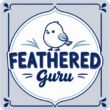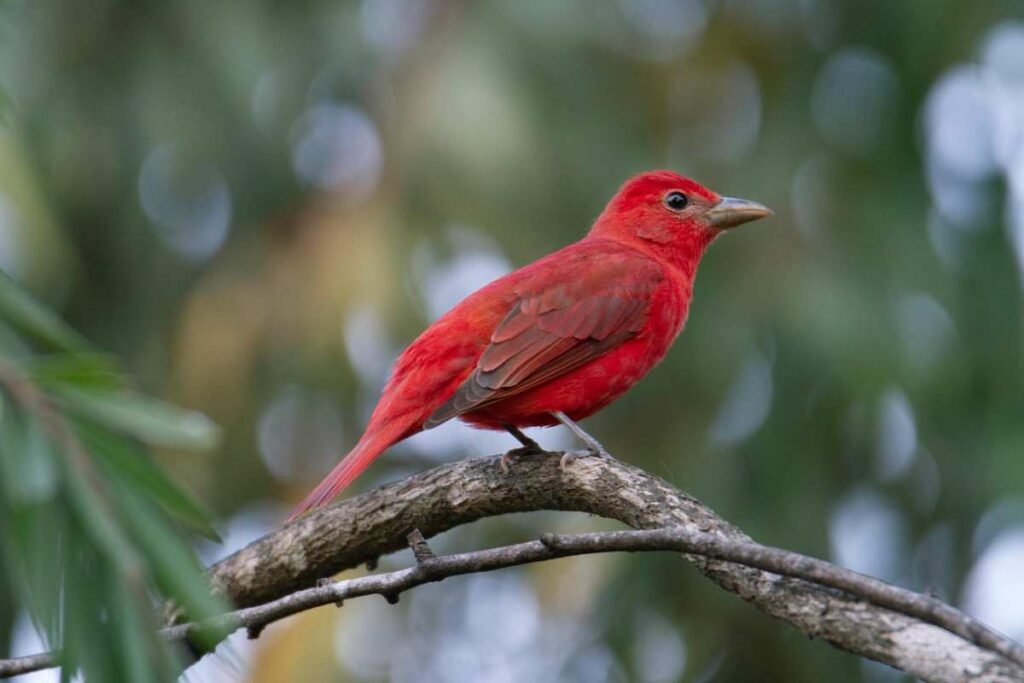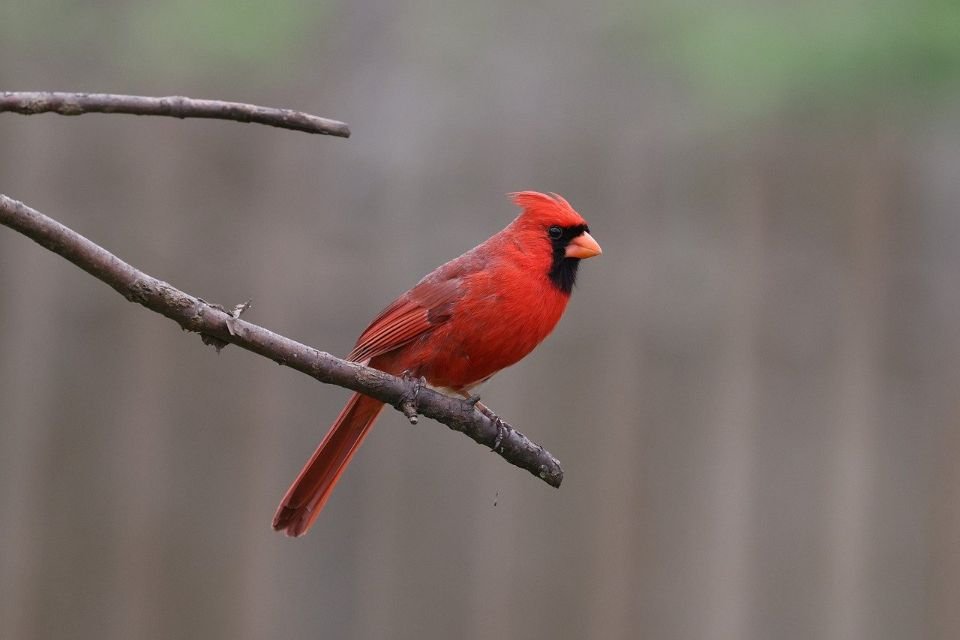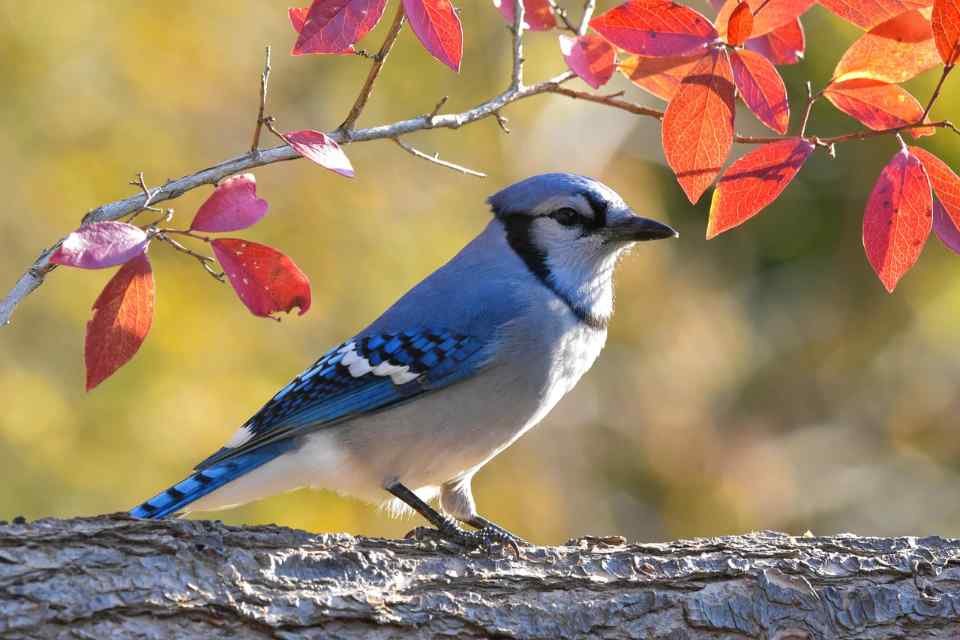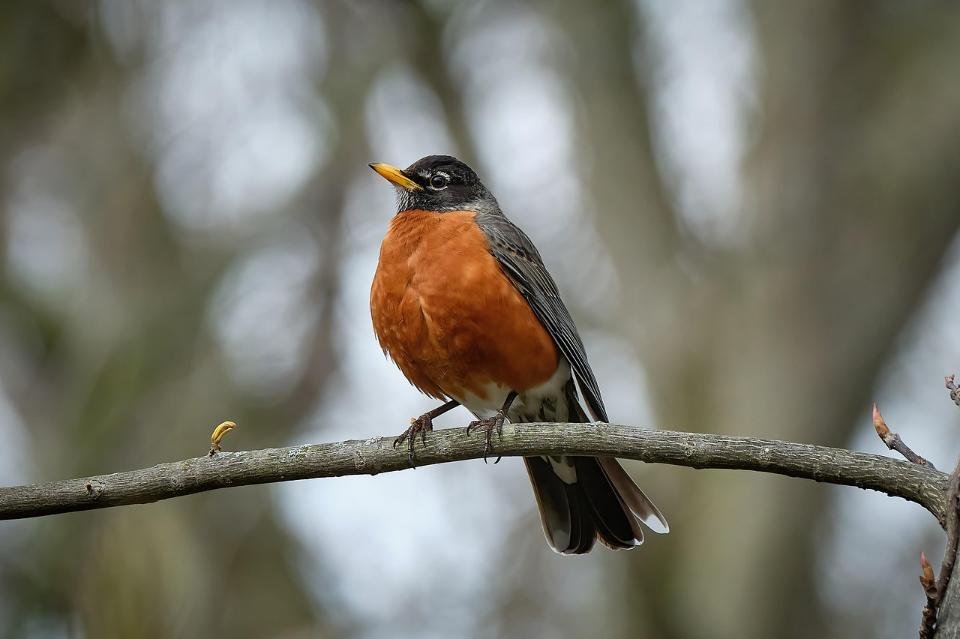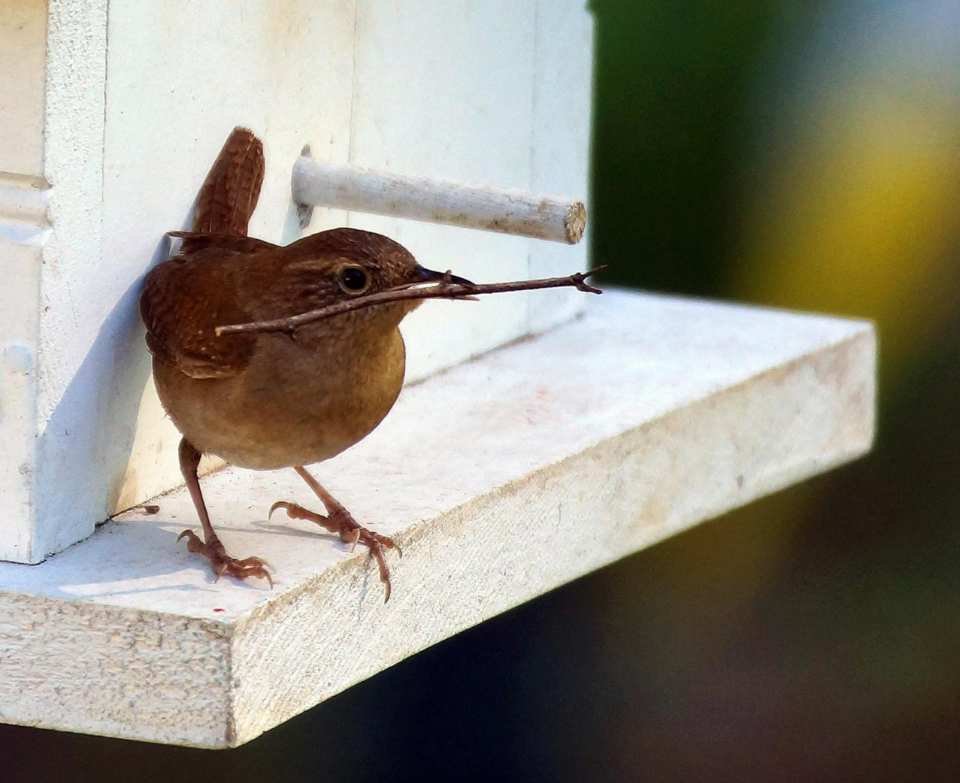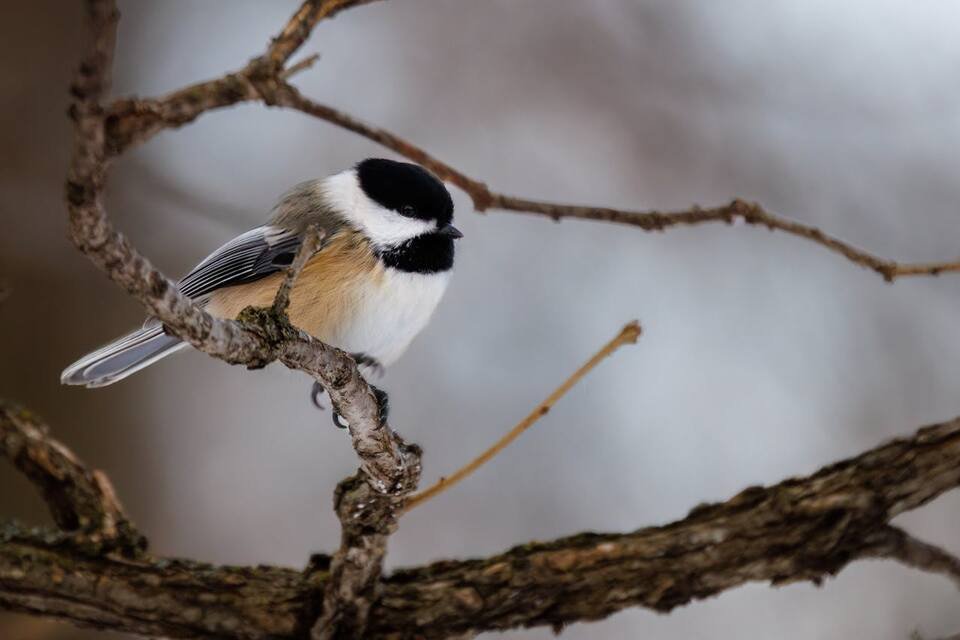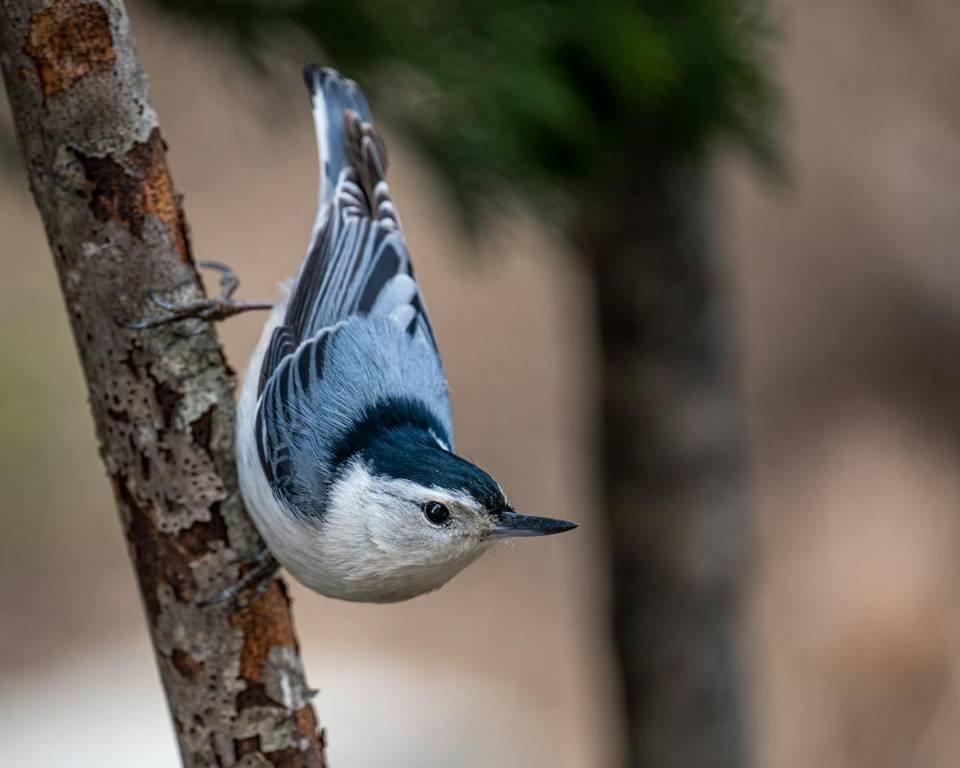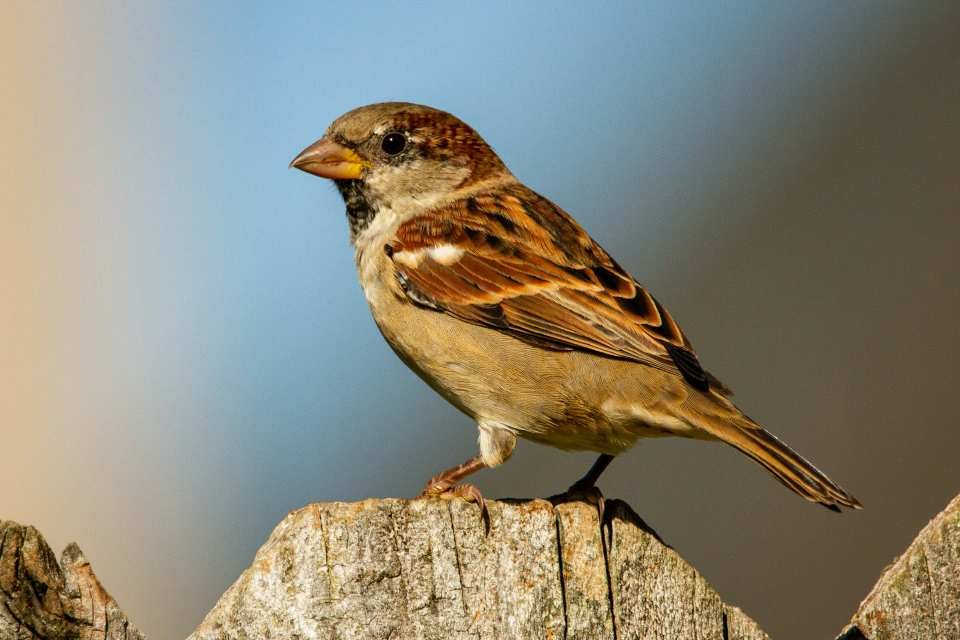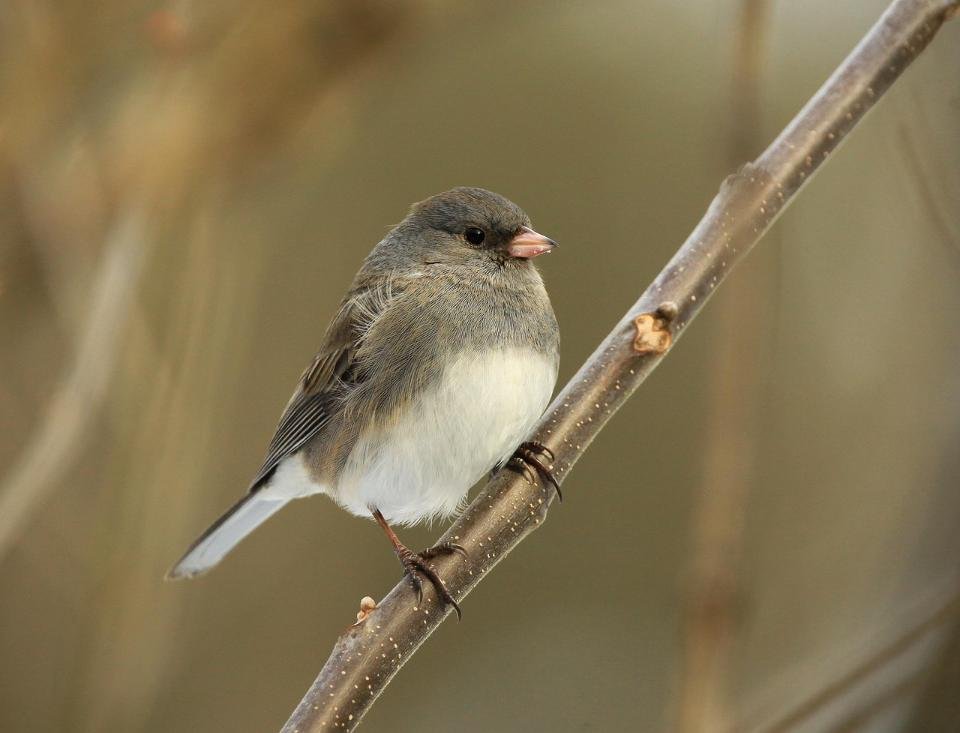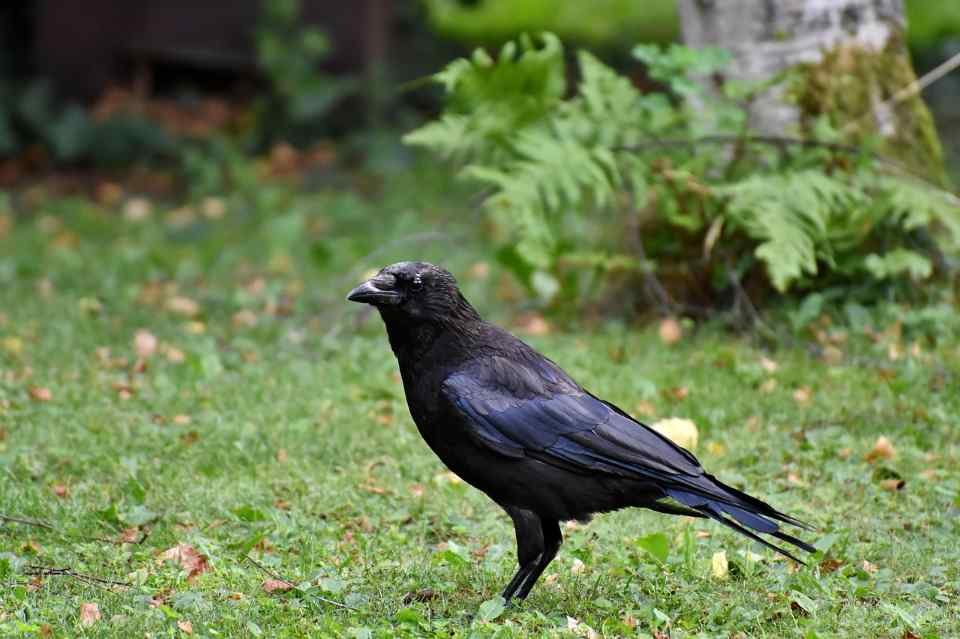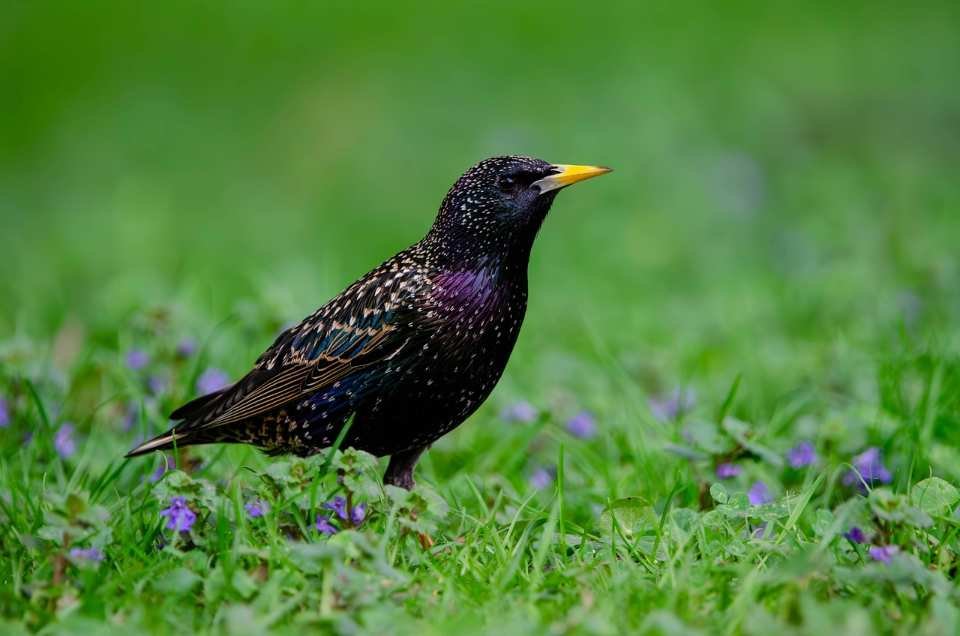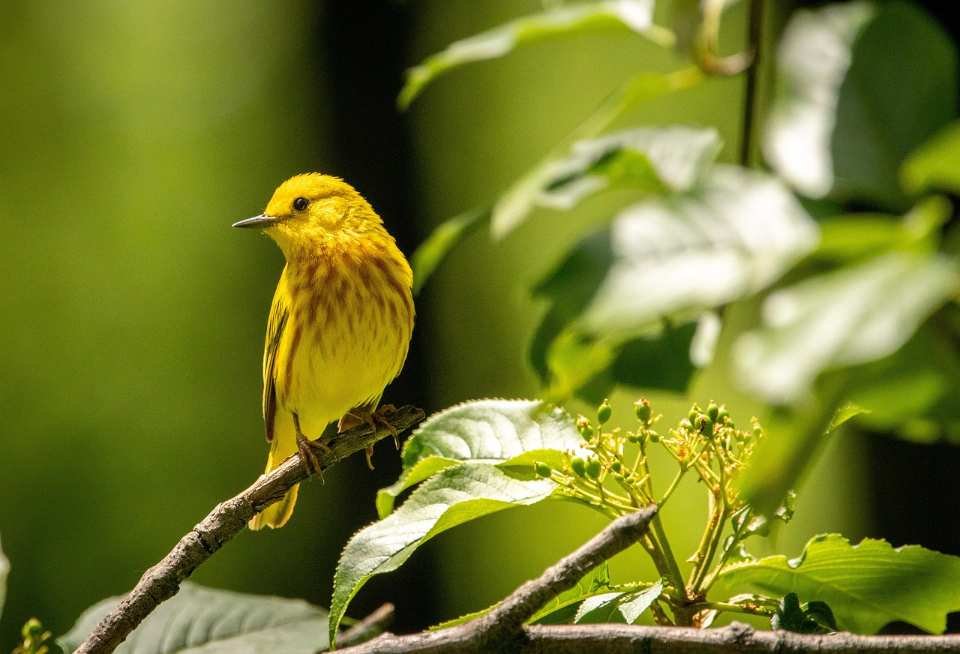You know that moment when you’re sipping coffee on your deck and spot a flash of red darting between the trees 😲? Then you spend the next ten minutes squinting at empty branches, wondering if you just imagined the whole thing? Yeah, I’ve been there too.
Urban birdwatching doesn’t require fancy equipment or exotic locations. Your own backyard probably hosts more feathered visitors than you realize. I started paying attention to the birds around my suburban home three years ago, and honestly, I was shocked at the variety. Let me share what I’ve learned about identifying the most common backyard birds you’re likely to encounter right outside your door.
Why Backyard Bird Identification Matters
Before we get into the nitty-gritty of spotting specific species, let’s talk about why this skill actually matters. Urban birds aren’t just pretty decorations flitting around your yard (though they definitely are that too).
These feathered neighbors serve as living indicators of your local ecosystem’s health. When bird populations change dramatically, it often signals environmental shifts worth noting. And the benefits go far beyond our backyards — birds provide what scientists call “ecosystem services,” from pollination and pest control to spreading nutrients and even keeping forests healthy.
According to the Audubon Society, losing bird diversity means losing these critical roles that directly affect both people and the planet. Plus, once you start recognizing individual species, you’ll notice behaviors and patterns that make your daily outdoor time infinitely more interesting.
I used to think all small brown birds were sparrows. Boy, was I wrong. Learning to distinguish between different species opened up a whole new layer of backyard entertainment that beats scrolling social media any day.
The Big Three: Cardinals, Blue Jays, and Robins
Let’s start with the celebrities of urban birdwatching. These three species are so common and distinctive that they’re perfect for beginners.
Northern Cardinal: The Showstopper
Male cardinals are impossible to miss with their brilliant red plumage and distinctive crest. They look like someone dipped a regular bird in bright red paint and added a punk rock mohawk.
Female cardinals sport more subtle brown tones with warm reddish highlights on their wings and tail. Don’t let their understated appearance fool you though. I’ve watched female cardinals boss around much larger birds at my feeder with zero hesitation.
Spotting tips for cardinals:
- Listen for their clear “birdy-birdy-birdy” whistle
- Look for thick, orange beaks perfect for cracking seeds
- Check dense shrubs where they prefer to nest
- Most active during early morning and late afternoon
According to the Audubon Society, cardinals are one of the most frequently recognized backyard birds across North America.
Blue Jay: The Neighborhood Loudmouth
Blue jays are the extroverts of the bird world. These bright blue beauties make sure everyone knows when they arrive. Their raucous calls can wake you up better than any alarm clock (trust me on this one).
What makes blue jays fascinating is their intelligence (according to Travis Audubon). I’ve watched them figure out how to open my “squirrel-proof” feeder in about ten minutes. They also mimic other bird calls, which can really mess with your identification skills when you’re starting out. You can learn more interesting facts about the Blue Jay.
Key blue jay identification features:
- Brilliant blue back and wings with white undersides
- Distinctive blue crest they raise when excited or threatened
- Black markings around their face and neck
- Loud, varied vocalizations including their signature “jay” call
American Robin: The Early Bird Champion
Robins might seem boring compared to flashy cardinals and clever blue jays, but they’re actually quite remarkable. Learn more about identifying the American Robin. These orange-breasted beauties are often the first birds you’ll hear singing at dawn and among the last to call it quits at dusk.
Male robins have deeper orange-red breasts, while females display lighter, more muted tones. Both sexes sport that classic robin silhouette with relatively long legs perfect for ground foraging.
Robin identification markers:
- Orange to red breast coloring
- Dark gray to black head and back
- Yellow beak
- Often seen hopping on lawns hunting for worms
The Tiny Powerhouses: Wrens, Chickadees, and Nuthatches
Small birds can be tricky to identify because they move fast and often hide in dense foliage. But once you learn their key characteristics, these little guys become some of the most entertaining backyard visitors.
House Wren: The Energetic Architect
House wrens are plain brown birds that pack huge personalities into tiny bodies. What they lack in flashy colors, they make up for in pure attitude. I’ve seen house wrens chase birds three times their size away from prime nesting spots.
These birds are cavity nesters, meaning they love birdhouses, natural tree holes, or any small enclosed space. They’ll stuff nest boxes completely full of twigs before even starting their actual nest. It’s like they’re preparing for a twig shortage 🙂
House wren spotting guide:
- Small, brown bird with slightly curved beak
- Often holds tail upright at jaunty angle
- Extremely active, rarely sits still
- Beautiful, bubbling song that seems too big for their body
Black-Capped Chickadee: The Acrobat
Chickadees are the gymnasts of the bird world. Watch them feed and you’ll see death-defying upside-down maneuvers that would make a circus performer jealous. Learn more about what Chickadees eat.
Their distinctive black cap and white cheeks make identification easy, but their behavior seals the deal. Chickadees travel in small flocks and communicate with constant chatter. They’re also surprisingly brave, often feeding from human hands with minimal training.
Chickadee identification points:
- Black cap extending to eye level
- White cheeks contrasting with black throat
- Gray wings and back
- Classic “chick-a-dee-dee-dee” call
White-Breasted Nuthatch: The Tree Walker
Nuthatches earn the nickname “upside-down bird” because they regularly walk headfirst down tree trunks. This unusual foraging behavior helps them find insects other birds miss.
Their nasal “yank-yank” calls carry surprisingly well for such small birds. I can usually hear nuthatches before I spot them, which makes identification much easier.
Nuthatch identification features:
- Blue-gray back with white underparts
- Black cap (males) or gray cap (females)
- Long, pointed beak perfect for probing bark
- Short tail and compact body shape
The Ground Crew: Sparrows and Juncos
Ground-feeding birds can be challenging for beginners because many species look similar at first glance. But with practice, you’ll start noticing subtle differences that make identification much easier.
House Sparrow: The Urban Survivor
House sparrows deserve respect for their adaptability. These birds thrive in urban environments where other species struggle. They’re not the most colorful birds, but their survival skills are impressive.
Male house sparrows sport black bibs and chestnut brown patches on their heads during breeding season. Females display more subtle brown and buff coloring that provides excellent camouflage while nesting.
House sparrow identification:
- Stocky build with thick seed-cracking beak
- Males: black bib, gray crown, chestnut nape
- Females: streaky brown and buff throughout
- Often feed in flocks on the ground
Dark-Eyed Junco: The Snowbird
Juncos are sometimes called snowbirds because northern populations migrate south for winter. These slate-gray birds with white bellies are common at feeders during colder months.
What I love about juncos is their ground-feeding behavior. They perform this adorable double-footed scratch technique, jumping forward and then scratching backward with both feet simultaneously. It looks like they’re doing a little dance.
Junco spotting characteristics:
- Dark gray hood and back
- Bright white belly and outer tail feathers
- Pink or light-colored beak
- Distinctive white flash when they fly
The Opportunists: Crows, Starlings, and Grackles
These birds often get labeled as “pest species,” but they’re actually fascinating examples of urban adaptation. Sure, they can be loud and messy, but their intelligence and social behaviors are remarkable.
American Crow: The Einstein of Birds
Crows might be common, but they’re far from ordinary. These problem-solving geniuses can recognize individual human faces, use tools, and even hold grudges across generations (according to BirdWatching Daily).
I learned this firsthand when I accidentally disturbed a crow’s nest while trimming trees. For weeks afterward, that crow would scold me specifically whenever I stepped outside. It completely ignored my neighbors but gave me the full treatment every single time.
Crow identification basics:
- Large, entirely black bird
- Straight, thick beak
- Square-shaped tail in flight
- Harsh “caw-caw” calls
- Often travel in family groups
European Starling: The Shape-Shifter
Starlings are master mimics and accomplished shape-shifters. Their plumage changes dramatically throughout the year, from glossy black with colorful iridescence to spotted brown and white.
During breeding season, starlings develop bright yellow beaks and stunning purple-green sheen. In winter, they look completely different with dark beaks and heavily spotted plumage. It’s like having two different bird species in one.
Starling identification markers:
- Medium-sized bird with pointed yellow beak (breeding season)
- Iridescent black plumage with purple-green highlights
- Short, squared tail
- Walks rather than hops on ground
- Excellent vocal mimicry abilities
Seasonal Visitors: Migration Patterns in Urban Areas
Urban bird populations change throughout the year as species migrate through your area. For an interactive view of these movements, check out the Bird Migration Explorer by the Audubon Society. Learning these seasonal patterns helps you know when to watch for specific birds.
Spring Arrivals: Warblers and Flycatchers
Spring migration brings waves of colorful warblers and active flycatchers through urban areas. These birds often stop to rest and feed in city parks and large backyards. For more guidance, check out our spring birdwatching tips for beginners.
Yellow warblers, with their bright golden plumage, are among the most visible spring migrants. They prefer areas with dense shrubs where they hunt for insects.
Fall Travelers: Mixed Flocks and Rarities
Fall migration tends to be more drawn out than spring, with birds taking their time to bulk up for winter journeys. This season offers the best chances to spot unusual species that rarely visit urban areas.
Mixed flocks combining several species often move through cities during fall migration. You might spot chickadees, nuthatches, kinglets, and creepers all traveling together.
Creating Bird-Friendly Backyard Spaces
Want to attract more urban birds to your yard? The key is providing the three essential elements every bird needs: food, water, and shelter.
Food Sources That Work
Different bird species prefer different food types:
- Seeds: Sunflower seeds attract cardinals, chickadees, and nuthatches
- Suet: Woodpeckers, nuthatches, and chickadees love high-fat suet
- Fruit: Robins, starlings, and seasonal visitors enjoy fresh or dried fruits
- Nectar: Hummingbirds require sugar water in specialized feeders
FYI, cheap seed mixes often contain filler grains that most birds ignore. Investing in quality seed pays off with better bird activity (see All About Birds: Feeding Birds: A Quick Guide to Seed Types).
Water Features That Attract Birds
Moving water attracts birds better than static birdbaths. Even a simple dripper system or small fountain significantly increases bird visitors.
I added a solar fountain to my birdbath last spring, and the difference was immediate. Birds that had never visited my yard suddenly became regular customers.
Shelter and Nesting Opportunities
Native plants provide better shelter and food sources than exotic ornamentals. Berry-producing shrubs like elderberry and serviceberry attract birds while adding beauty to your landscape.
Dead trees (if safe to leave standing) offer prime nesting sites for cavity-nesting species like chickadees, nuthatches, and wrens.
Common Identification Mistakes and How to Avoid Them
Every birder makes identification errors, especially when starting out. Here are the most common mistakes I see (and made myself):
Size Estimation Errors
Bird size can be deceiving, especially when you’re viewing them at different distances. Compare birds to familiar species rather than trying to estimate actual measurements.
Use house sparrows as your baseline “small bird” and crows as your “large bird” reference. This relative sizing approach works much better than guessing inches or centimeters.
Lighting and Distance Challenges
Poor lighting conditions can completely change how bird colors appear. That “brown” bird might actually be female cardinal, or that “black” bird could be a dark-phase hawk.
Get closer when possible, but don’t chase birds. Instead, position yourself near food or water sources and let birds come to you.
Seasonal Plumage Changes
Many urban birds change appearance throughout the year. Starlings look completely different in winter versus breeding season. Male house finches develop brighter red coloring during breeding season. Learn how to distinguish them from similar species like the purple finch in our House Finch vs Purple Finch: Identification Guide.
Keep seasonal variations in mind when making identifications, especially during spring and fall when plumage changes are most dramatic.
Tools That Actually Help (And Ones That Don’t)
You don’t need expensive equipment to start identifying urban birds, but a few basic tools make the process much more enjoyable.
Essential Equipment
Binoculars are the single most important tool for bird identification. You don’t need professional-grade optics, but decent 8×42 binoculars make a huge difference in seeing field marks clearly.
Field guides or birding apps help confirm identifications and provide range information. I prefer apps like Merlin Bird ID because they include songs and calls.
Overrated Gear
High-end spotting scopes are overkill for backyard birding. Save your money for quality binoculars instead.
Expensive cameras with massive telephoto lenses can enhance your enjoyment, but they’re not necessary for learning bird identification. Start with basics and upgrade later if photography becomes a passion.
Building Your Urban Bird List
Keeping track of species you’ve identified adds goal-oriented fun to birdwatching. Start with common species and gradually expand your knowledge as you become more experienced.
Create a simple list including:
- Species name and date first observed
- Location within your yard or neighborhood
- Notable behaviors or characteristics observed
- Seasonal patterns you notice
I started my yard list three years ago and I’m up to 47 species. Some visits last only a day or two during migration, but others have become year-round residents I look forward to seeing daily.
Personal Stories: When Bird Flu News Hit Close to Home
Speaking of birds, I’ll never forget last winter when bird flu dominated the news cycle. Every morning report seemed to announce another outbreak somewhere, and honestly, my first thought was “here we go again” :/
The coverage made me more aware of the wild birds visiting my feeders. I started paying closer attention to any unusual behavior or sick-looking birds (thankfully, I never encountered any problems). But it did make me realize how connected we are to wild bird populations, even in urban areas.
That experience reinforced why learning to identify healthy, normal bird behaviors is so valuable. When you know what’s typical, you can spot when something’s off.
Conclusion
Urban bird identification opens up a fascinating world that exists right outside your window. These common species provide endless entertainment and connection to nature without requiring travel to exotic locations.
Start with the big three (cardinals, blue jays, and robins), then gradually expand your knowledge to include smaller species like wrens and chickadees. Focus on learning key field marks, behaviors, and calls rather than trying to memorize every detail at once.
Remember that every expert birder started exactly where you are now. We all misidentified birds, got excited about “rare” species that turned out to be common ones, and spent way too much time squinting at empty branches. That’s all part of the journey.
The best part about urban birding? Your classroom is always open, admission is free, and there’s always something new to discover. So grab those binoculars (or just use your eyes to start), step outside, and see who’s visiting your neighborhood today. I guarantee you’ll be surprised at the diversity of life sharing your urban space.
Happy birding, and remember: the birds were there all along. You’re just finally learning to see them 🙂
